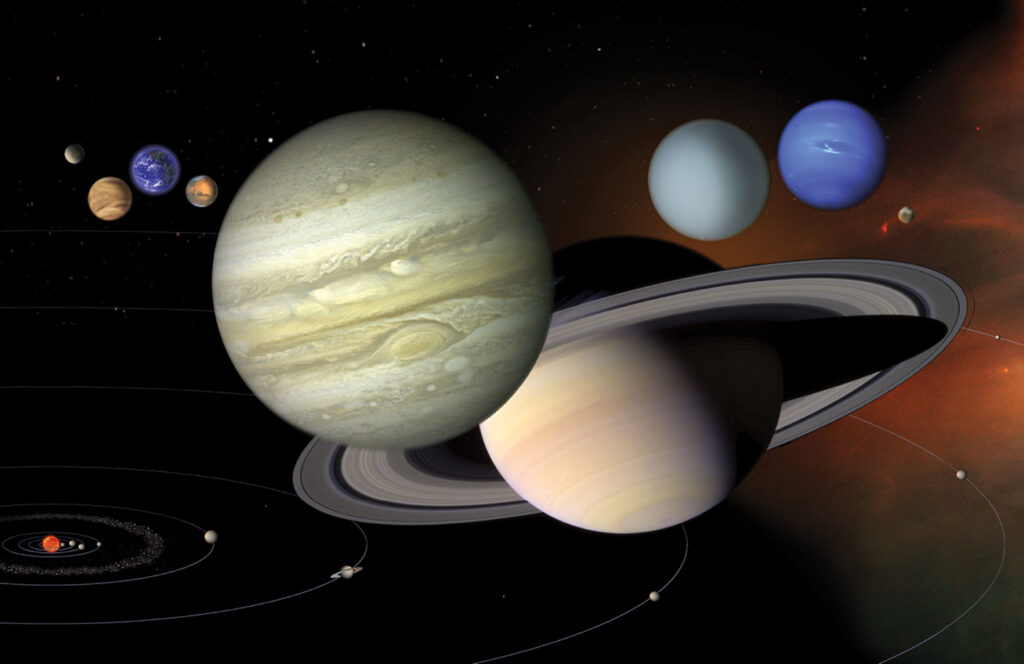Capstone Roundup
A selection of projects highlight Mudders’ research achievements.
From examining why standard faucets don’t respond to all skin tones to designing and launching a 10-foot rocket into space to studying the defense tactics of competing ant species when nesting space is limited, students shared their senior thesis research and course capstone projects during Presentation Days. This selection of projects demonstrates some of the research achievements.
Chemistry
Optimizing a Safer, Large-Scale Synthesis of a Medicinally Relevant Amide
Student: Kasey Chung ’25
Advisors: Dave Vosburg, Donald A. Strauss Endowed Professor in Chemistry; Greg Beutner, process chemist at Bristol Myers Squibb
Many common peptide coupling reagents used in industrial chemistry are known sensitizers, which can cause adverse health reactions to scientists who use them. Amidations are the most common reaction in medicinal chemistry and require identifying safer and more sustainable peptide coupling reagents, such as TCFH which doesn’t pose any significant health hazards. Chung’s thesis presents a scale-up of a model amidation reaction yielding a precursor to a PARP-1 inhibitor to treat breast cancer and shows the applicability of TCFH-NMI chemistry for industrial use with medicinally relevant targets.

Engineering
Invisible Hands: Using IR Sensor Faucets as a Lens to Expose the Racial Bias in Everyday Technology
Student: Fred Bolarinwa ’25
Advisor: Asha Srikantiah, clinical professor of engineering
Throughout history, ine qualities have continued to a ffect marginali z ed groups of people through social, systemic and legal structures. Often, these inequalities are disregarded, which is especially true in STEM work. Bolarinwa examined the biases in everyday products such as infrared sensor bathroom faucets, which don’t work for certain skin tones. He addressed questions of how this may have occurred from a racial bias lens, whether there are technological limitations and how STEM can be used to address those limitations to produce products that work for all.
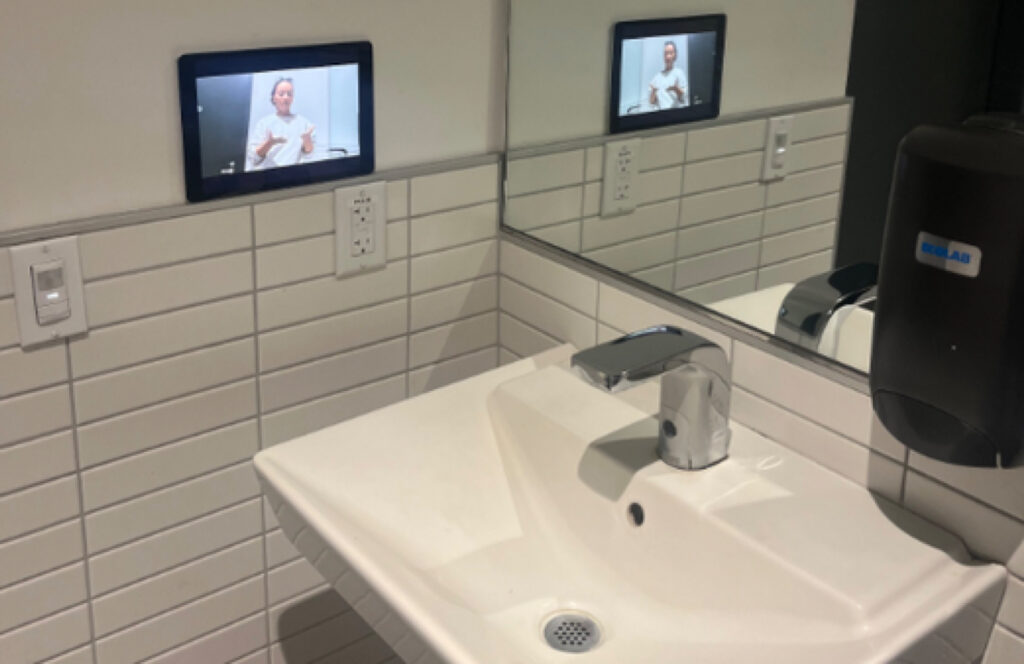
Biology
Keep Your Enemies Close: Interspecies Nesting Competition in Ants
Student: Marissa Douglas ’25
Advisors: Matina Donaldson-Matasci, associate professor of biology; Anna Ahn, professor of biology
Tropical arboreal ant species influence their communities and often compete over territories. Douglas investigated how two competing Florida species, native and nonnative, form nest networks within trees when nest sites are limited. She found that the native species preferred nests that were easiest to find, even when the neighboring nonnative species attacked them. The native species defended against attacks using specialized armor and large numbers, defending resources by guarding individual nests not territories, and creating simple nest networks, limiting risks during travel.
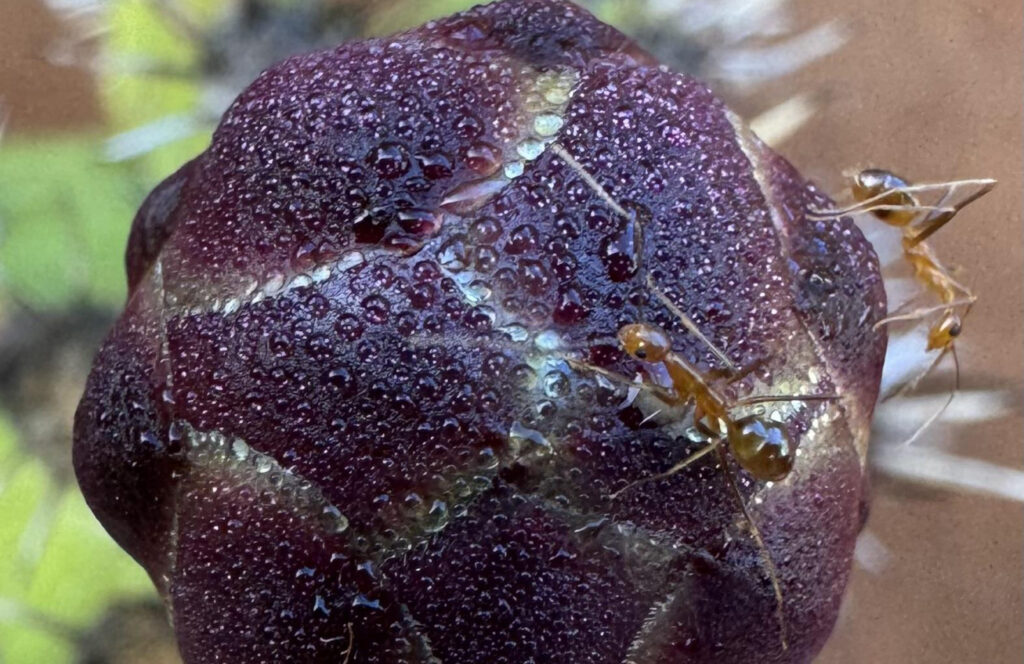
Mathematics
Developing Algorithms for Solving the All-Pairs Vitality Problem
Student: Max Collins ’25
Advisor: Susan Martonosi, professor of mathematics; Alice Paul ’12
The all-pairs vitality maximization problem (VIMAX) is a novel network interdiction problem with applications in disruption of criminal networks and robust network design. Prior research has demonstrated that while VIMAX can be approximated successfully by heuristic algorithms, an exact solution can be computationally infeasible even for moderately sized networks. In this thesis we develop new tools for solving VIMAX. Collins leveraged tools from the theory of relaxations for mixed-integer programming, stochastic programming and decomposition techniques to create new algorithms capable of solving instances of VIMAX within a smaller timeframe than previously possible.
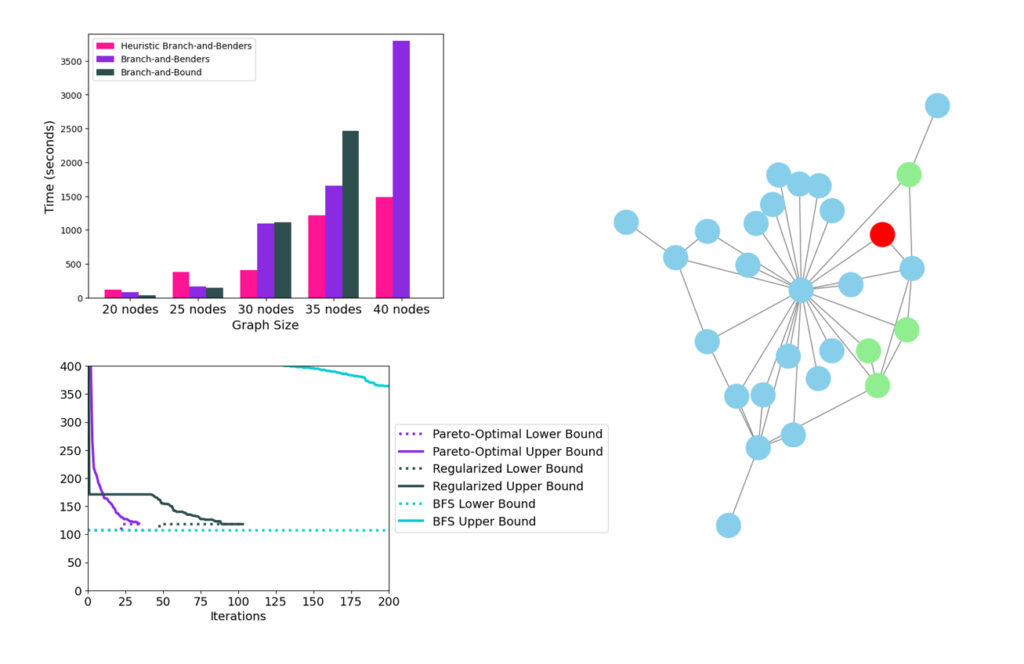
Shanahan Project
MARC Competition Rocket
Students: Jacob Fain ’26 , Drake Gonzales ’27 , Pierce Gruber ’25, Nikolas Hall ’25, Naomi Horiguchi ’26, Amy Liu ’24, Ben Simpson ’28 , Rai Wandeler ’28
Advisor: Leah Mendelson, associate professor of engineering
The Mudd Amateur Rocketry Club (MARC) spent the school year designing and building a 10-foot-tall rocket, which they launched at a site in the Mojave Desert during the FAR-Unlimited rocketry contest in June. Their rocket Gladius III launched and “flew perfectly,” according to Nikolas Hall ’25. “We successfully recovered it and placed third in the competition. To my knowledge, this was the most ambitious successful flight in MARC’s history.”
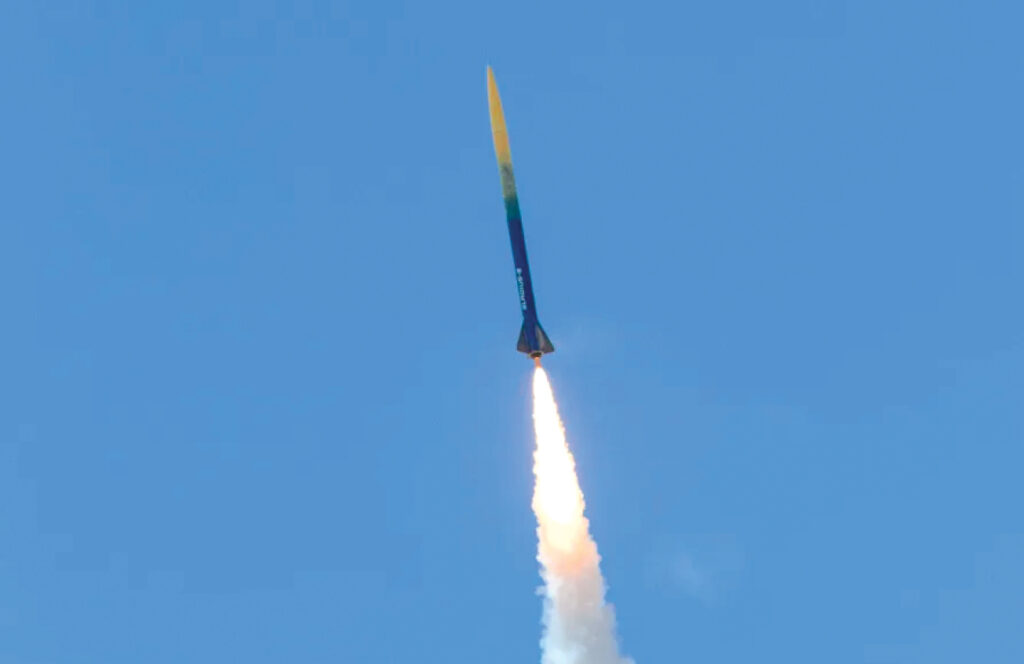
Physics
Chaotic Diffusion of Orbital Freq uencies in the Solar System
Student: Haley Walters ’25
Advisors: Daniel Tamayo, assistant professor of physics; Jamie Haddock, Iris and Howard Critchell Assistant Professor of Mathematics; Gabriel Hope, visiting professor of computer science
Earth’s climate history has oscillated between warm and cold periods, largely due to variations in Earth’s orbit that affect solar radiation. One of the most stable of these cycles, the 405,000 yearlong eccentricity cycle (LEC), is often used as a metronome for dating geological records. However, recent work has challenged its stability. Walters investigated how often the LEC disappears and why by performing long ensemble integrations of the solar system. The findings could significantly impact our understanding of Earth’s climate history and the accuracy of geological dating.
